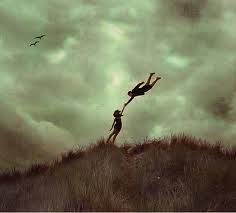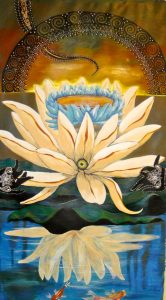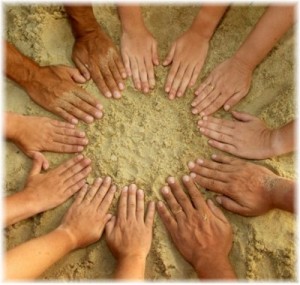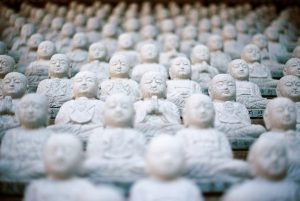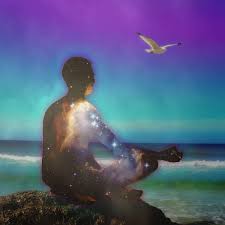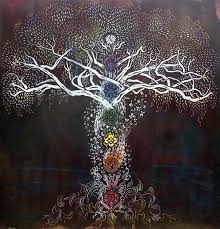 The Yogabliss on-line Moving into Meditation class met this morning. I think we gather for many reasons which, for me, include connection, caring, inspiration, meaning and solace. This week we witnessed the needless death of George Floyd. We watched the responding protests and civil unrest mounting intensity. Each of us brought our grieving hearts to practice. We drew inspiration from lyric poet Gregory Orr. In an NPR story about his work, Gregory states, “I believe in poetry as a way of surviving the emotional chaos, spiritual confusions, and traumatic events that come with being alive.”
The Yogabliss on-line Moving into Meditation class met this morning. I think we gather for many reasons which, for me, include connection, caring, inspiration, meaning and solace. This week we witnessed the needless death of George Floyd. We watched the responding protests and civil unrest mounting intensity. Each of us brought our grieving hearts to practice. We drew inspiration from lyric poet Gregory Orr. In an NPR story about his work, Gregory states, “I believe in poetry as a way of surviving the emotional chaos, spiritual confusions, and traumatic events that come with being alive.”
Gregory found his way to poetry four years after accidentally killing his brother in a hunting accident when he was twelve years old. He found a way of expressing his deeper story about the event his family was never able to talk about. As a young man he nearly died during the civil rights movement when as a member of the Student Nonviolent Coordinating Committee (SNCC) he was jailed and severely beaten. His work contains a sense of urgency about finding meaning and voice. You can hear Gregory talk about his story in this On Being interview, Shaping Grief with Language.


